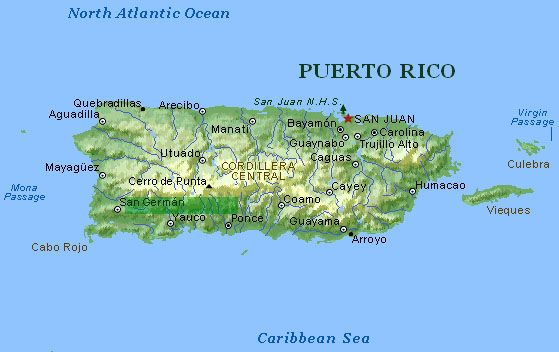Metro de san juan puerto rico: San Juan metro map, Puerto Rico
San Juan metro map, Puerto Rico
Trains in Puerto Rico: San Juan
San Juan is the capital of the Commonwealth of Puerto Rico, an unincorporated territory of the United States of America. It is the most populated city on the island with approximately 450,000 inhabitants (2010). The route of San Juan’s Tren Urbano also includes the towns of Bayamón and Guaynabo which are among the island’s most populated.
A city permeated by the Caribbean Sea, San Juan is visited by tourists from all over the world for its festive atmosphere. It is also known for its colonial past and its important part in American history. One of the principal attractions is Old San Juan. The colonial forts located here were declared a World Heritage site by UNESCO.
The length of of Tren Urbano’s only line is 17.52 kilometers (10.7m). Among the stations, ten out of sixteen are elevated above ground; four are at ground level and only two are underground. The system has 74 carriages built from stainless steel by the German company Siemens. Each carriage has the capacity to carry 180 passengers: 72 in seats available along the sides of the carriage and 108 standing. It is estimated that 15 trains, driven by alternating current, operate on the system. The number of daily passengers is approximately 40,000; a figure well below the total capacity of the system. Because of this, expansion to increase access is being explored.
Each carriage has the capacity to carry 180 passengers: 72 in seats available along the sides of the carriage and 108 standing. It is estimated that 15 trains, driven by alternating current, operate on the system. The number of daily passengers is approximately 40,000; a figure well below the total capacity of the system. Because of this, expansion to increase access is being explored.
A short history
Railroads have a long history in Puerto Rico. Construction on the first began near the close of the 19th century when the island was a Spanish colony. In that time, a loop railway was created which travelled around the edges of the island. However, with colonization by the United States, American automobile companies monopolized the transport market to the detriment of railway development. The development of highways caused the populations in urban areas to grow. The increase of so many people in so little space with the majority of them dependent on cars, forced the government to develop plans for public transport to ease the congestion.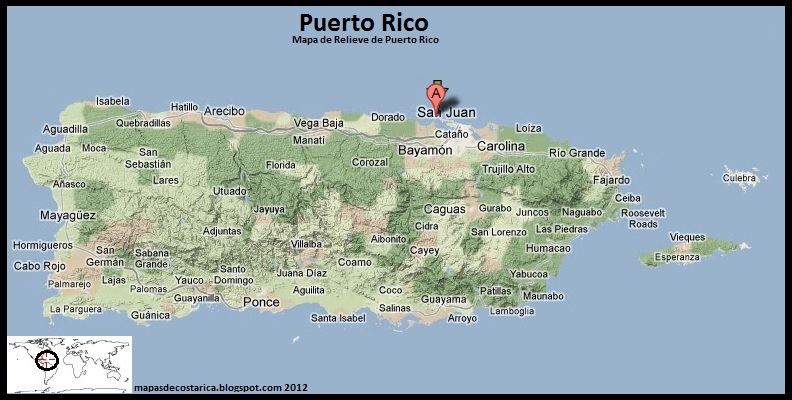
The first proposal for an urban train for San Juan emerged in 1967 but it wasn’t until 1989 that the island’s organizations made it official with funding being approved in 1993. The project began to be realized although it was beset by many delays and budgetary deficits. The Tren Urbano de San Juan was inaugurated on December 17, 2004 and services were free for six months.
Lines and Stations
One of the features of Tren Urbano’s stations is that the platforms do not have separating doors with the tunnels. Many stations have elevators and means of access for those with disabilities as well as regular Wi-Fi connection in the system. On the train, it takes approximately 30 minutes to make the entire journey between Bayamón and Sagrado Corazón.
The system’s 16 stations are distributed as follows: in the municipality of Bayamón are Bayamón (elevated), Deportivo (elevated) and Jardines Stations (ground level). Torrimar Station (ground level) is in the municipality of Guaynabo. The route continues to the municipality of San Juan which has the stations of Martínez Nadal (ground level), Las Lomas (elevated), San Francisco (elevated), Centro Médico (ground level), Cupey (elevated), Río Piedras (underground), Universidad (underground), Piñero (elevated), Domenech (elevated), Roosevelt (elevated), Hato Rey (elevated) and Sagrado Corazón (elevated).
The route continues to the municipality of San Juan which has the stations of Martínez Nadal (ground level), Las Lomas (elevated), San Francisco (elevated), Centro Médico (ground level), Cupey (elevated), Río Piedras (underground), Universidad (underground), Piñero (elevated), Domenech (elevated), Roosevelt (elevated), Hato Rey (elevated) and Sagrado Corazón (elevated).
Connections with other systems
Maritime transport has always existed in San Juan due to its ample coastline. And, like any city, buses are seen as the most efficient method of transport to travel to every corner.
The most important connection of San Juan’s Tren Urbano is with Metro Urbano, a rapid transport bus that connects Bayamón Station terminal with the town of Toa Baja, traveling a distance of 16.5 kilometers. This system was inaugurated on September 16, 2012 and the articulated buses were replaced with an exclusive lane on the José de Diego Highway (PR-22).
Moreover, the Integrated Transit Authority (ATI) works with the other two systems of transport beyond San Juan’s Tren Urbano. One of these is the boat service known as the Cataño Ferry (Lancha de Cataño) which joins the municipality of Cataño with the islet of Old San Juan. The ferry leaves every half hour and arrives at its destination non-stop.
One of these is the boat service known as the Cataño Ferry (Lancha de Cataño) which joins the municipality of Cataño with the islet of Old San Juan. The ferry leaves every half hour and arrives at its destination non-stop.
The other system of transport is the buses which are managed by the Metropolitan Bus Authority (AMA). This service connects the people of San Juan through 30 routes including three express routes. The buses run Monday to Friday from 5:00am to 9:00pm on the majority of routes and on Saturdays and public holidays from 6:00am to 8:00pm.
Connections with the airport
Although the Tren Urbano does not travel directly to Luis Muños Marín International Airport (which serves the Puerto Rican capital), there is an expedited bus route. Express route E40 leaves from Piñero Station and goes directly to Muñoz Marín Airport by way of the Mall of San Juan. In this way, passengers who are arriving or who are going to take a flight can use the Tren Urbano service.
Timetable and frequency
San Juan’s Tren Urbano operates six days a week, 365 days a year. The system begins operations at 5:50am and runs uninterrupted until 11:30pm. The Integrated Transit Authority (ATI) points out that the frequency of the trains at peak times is 8 minutes and 16 minutes off peak.
- Train frequency is shown more specifically by the following:
- From 6:20am until 8:20am: 8 minutes
- From 8:20am until 4:20pm: 12 minutes
- From 4:20pm until 6:00pm: 10 minutes
- From 6:00pm until 11:30pm: 16 minutes
On Saturdays, Sundays, and public holidays, the frequency of the trains reduces considerably with a waiting time of 16 minutes.
Rates, tickets, and passes
The fares of San Juan’s Tren Urbano are well defined and offer benefits for certain social groups. The Integrated Transit Authority of San Juan (ATI) offers users different ways to obtain a ticket.
The most common way to travel on the Tren Urbano is with a Regular Rate ticket which costs $1.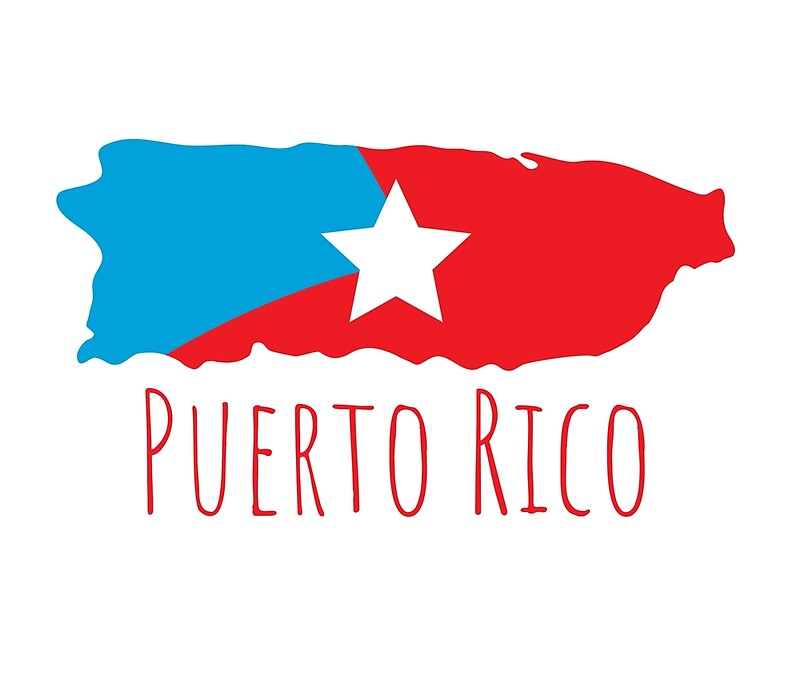 50 US. With this ticket, the passenger has a two hour time limit from their entry into the system in which they can transfer to a bus from the Metropolitan Bus Authority (AMA). If the selected bus route is E20, the ticket will have a surcharge of $0.50 US.
50 US. With this ticket, the passenger has a two hour time limit from their entry into the system in which they can transfer to a bus from the Metropolitan Bus Authority (AMA). If the selected bus route is E20, the ticket will have a surcharge of $0.50 US.
However, there are four significant social groups that enjoy the benefit of being able to use the system at half price. Students, people between 60 and 74 years of age, beneficiaries of Medicare, and people with disabilities can travel on the Tren Urbano with a ticket costing $0.75 US..
People above 75 years of age or less than six travel free of charge.
There are also different fares which correspond to the length of time for which the tickets are valid. These fares, with a set time established on the ticket, permit the unlimited use of the Tren Urbano and the buses of the AMA. There are four types of ticket in this category. The first offers an unlimited service for one day and costs $5. 00 US. One can add to this a weekly pass for $15.00 US, a 30 day pass for $50.00 US, or, the most extensive, a 90 day pass for $90.00 US. These can be obtained from ticket machines located throughout the system and can be paid for with cash, debit cards, or Visa and MasterCard.
00 US. One can add to this a weekly pass for $15.00 US, a 30 day pass for $50.00 US, or, the most extensive, a 90 day pass for $90.00 US. These can be obtained from ticket machines located throughout the system and can be paid for with cash, debit cards, or Visa and MasterCard.
Full Ride!
Park and Ride
One of the major attractions of the Tren Urbano is that, when planned, it included the creation of parking lots so passengers could leave their vehicles at the stations to travel by train. Eight stations along the route have parking lots that provide 3,106 available parking spaces. These are: Bayamón, Torrimar, Jardines, Martínez Nadal, San Francisco, Sagrado Corazón, Cupey and the Toa Baja Park & Ride which is connected to the Metro Urbano departing from Bayamón Station.
However, there is more than just parking for cars. Bicycles have gained their place in the system and this gives cyclists the opportunity to ride to the station nearest their place of residence and complete their journey using the Tren Urbano.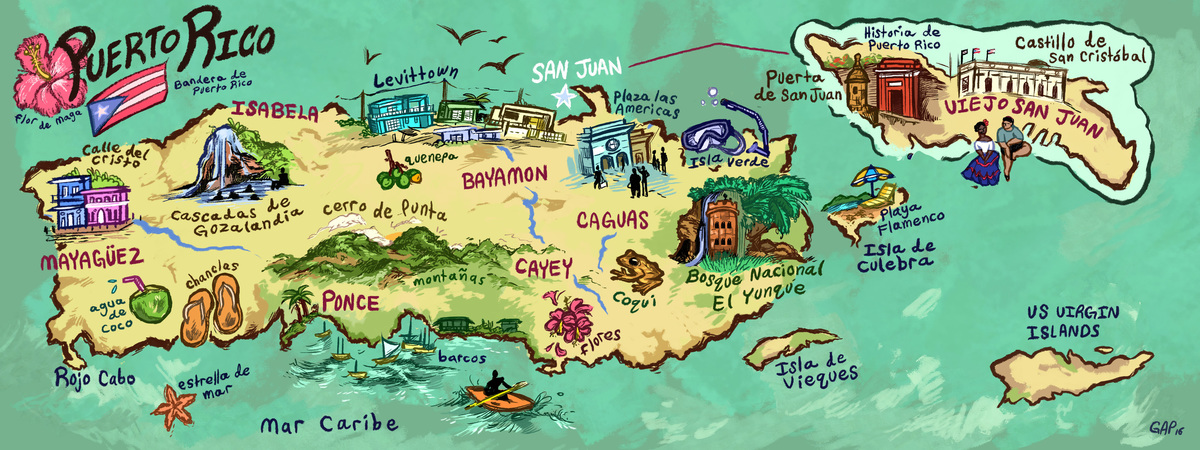 There are six stations that provide bicycle parking some of which are near Tren Urbano stations and others closer to bus stations. Bicycle parking is available at Sagrado Corazón, Capetillo, Bayamón, Piñero, Iturregui, Covadonga (Old San Juan), and Martínez Nadal.
There are six stations that provide bicycle parking some of which are near Tren Urbano stations and others closer to bus stations. Bicycle parking is available at Sagrado Corazón, Capetillo, Bayamón, Piñero, Iturregui, Covadonga (Old San Juan), and Martínez Nadal.
Bici-Tren (Bicycle-Train)
Bicycles are a part of modern, eco-friendly cities of the 21st century. Transport systems that prohibit bicycles are becoming increasingly unpopular because they diminish the possibilities for cyclists to plan their journeys or alternate between bicycles and other modes of transport. San Juan’s Tren Urbano is aware of this and offers its users the Bici-Tren pass.
This service consists simply of being able to take a bicycle on the train journey. To be able to do it, one must apply for a Bici-Pass permit at Río Piedras station between 10:00am and 6:00pm. Further requirements are: attendance of a course dealing with the rules for taking a bicycle on the train, be 18 years or over (or have permission from a parent, guardian or representative), and provide an ID-size photo.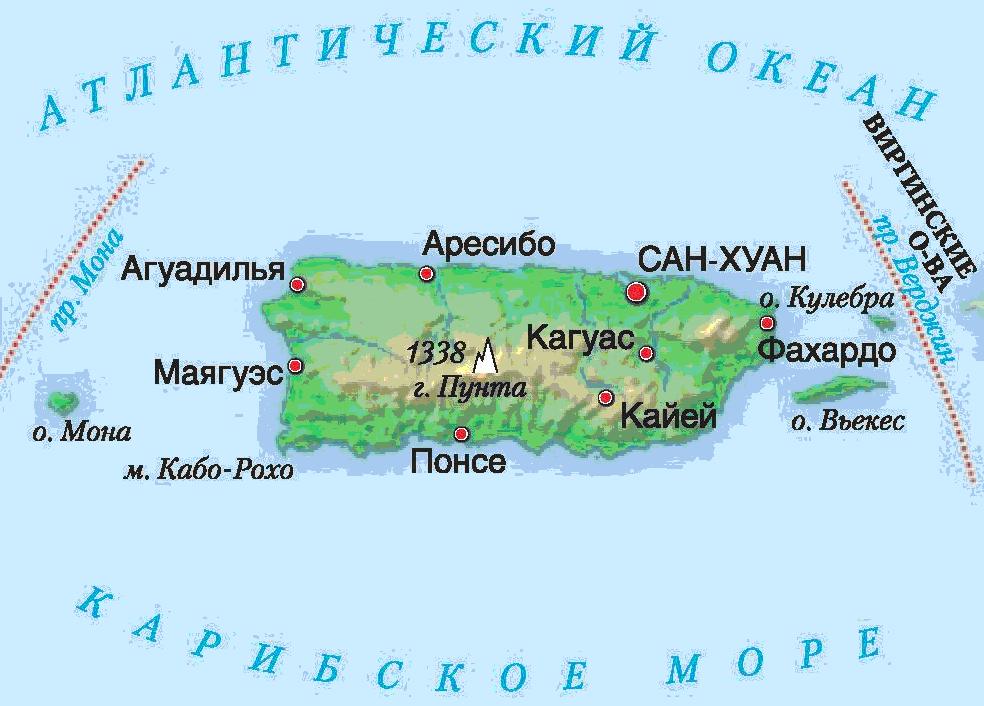 Users must sign the rules as a commitment to comply.
Users must sign the rules as a commitment to comply.
Two bicycles can be transported in a carriage during rush hour (7:00am to 9:00am and 3:00pm to 6:00pm) and four during normal hours as well as on weekends and public holidays. Foldable bicycles are permitted at all times.
Future expansion
Expansion plans involving the Tren Urbano are numerous. These projects go from the simplest – creating new stations in the system itself – to the more complex – the establishment of connections with new transport systems which will cover other parts of what is also known as the Island of Enchantment.
The Department of Transportation and Public Works of Puerto Rico (DTOP) is the body tasked with planning the expansions of the system and these have been classified into several stages. The first of these would be Phase 1A. This stage consists of the extension of two stations in the Tren Urbano system, departing from the current station of Sagrado Corazón and creating two new stations: San Mateo and Minillas.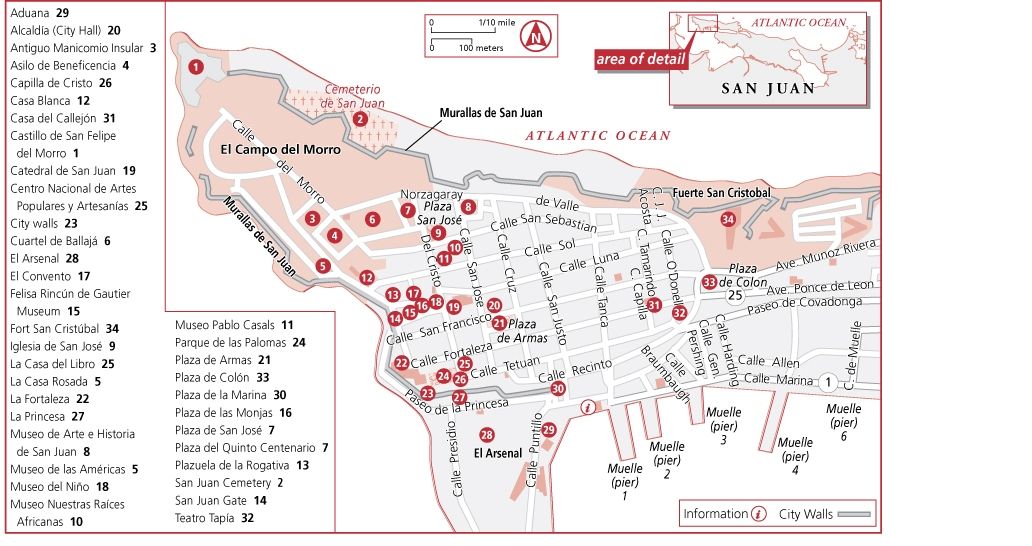
Other expansion projects for the Tren Urbano are uncertain. There is a proposal which would consider the creation of a new line which would leave from Río Piedras Station and connect the system to the municipality of Carolina. Currently, there are tunnels which will be available in the future for this project.
Other plans for expansion involve the north of the city. Initially, the proposal is to connect the new Minillas station with a new line that would join the Luis Muñoz Marín International Airport with Old San Juan. There is also the Tren Liviano de San Juan (San Juan Light Train), a unifying project which, via a tramway, would join all of Old San Juan with the Tren Urbano station of Sagrado Corazón and with the rest of the city.
Lastly, in the municipality of Caguas, a railroad system is being constructed that is planned with the aim of connecting with the Tren Urbano, specifically at Cupey Station. This would allow connections via the railway between the city of San Juan and the south of the island.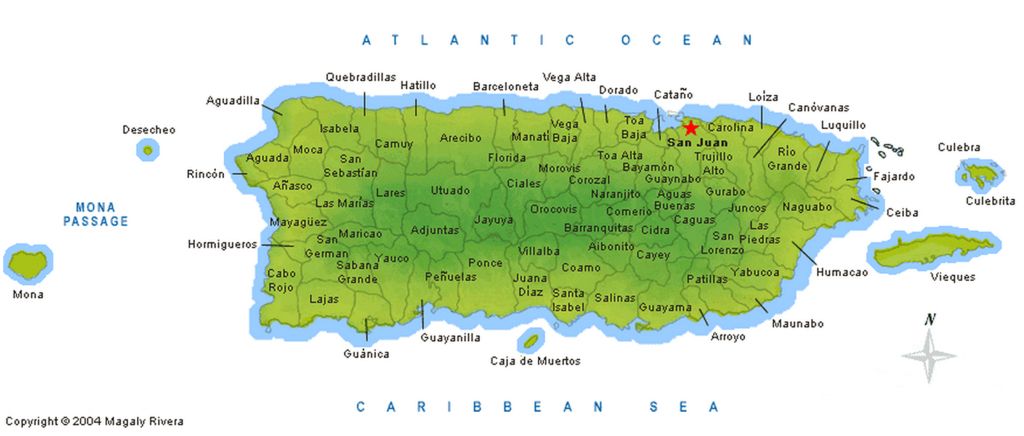 Also, plans exist for trains that will join the Tren Urbano to connect the island’s most important populations.
Also, plans exist for trains that will join the Tren Urbano to connect the island’s most important populations.
Advice
Although using the Tren Urbano is very intuitive, the opening and closing times must always be kept in mind especially closing time which is 11:30pm. Tourists out and about after this time would need to take a taxi which would, in many cases, cost more than expected.
Also, if making a connection with the AMA bus system is desired with a previously bought Regular Rate ticket, one must keep in mind the transit time because the two hour transfer limit might have expired and a new ticket will have to be purchased to enter the system.
Interesting facts
- San Juan’s Tren Urbano is the only system of transport of this type in Puerto Rico and was the first in the Caribbean.
- The walls of many of the stations are decorated with works of art by local Puerto Rican artists.
- Because many of the stations are elevated, appreciating the system’s architecture is made simpler.

- The number and flow of passengers tend to be low so the frequency of trains is not high.
What to see from the Tren Urbano
The Tren Urbano de San Juan is considered by many visitors to be a tourist site in itself. This is not only because of the architectural quality of the structure of its stations or the works of art that decorate its walls. The principal attraction lies in the fact that, with ten of the sixteen stations being elevated and four being at ground level, it is possible to appreciate the panorama of the city. For this reason, many tourists recommend taking the trip even if one is not traveling from one place to another.
There are many places in the city of San Juan that can be seen from the Tren Urbano. Some of them are:
The Financial District of San Juan (Distrito Financiero de San Juan): coming down from Hato Rey Station one will shortly arrive at Milla de Oro de San Juan, a central part of the Financial District of San Juan.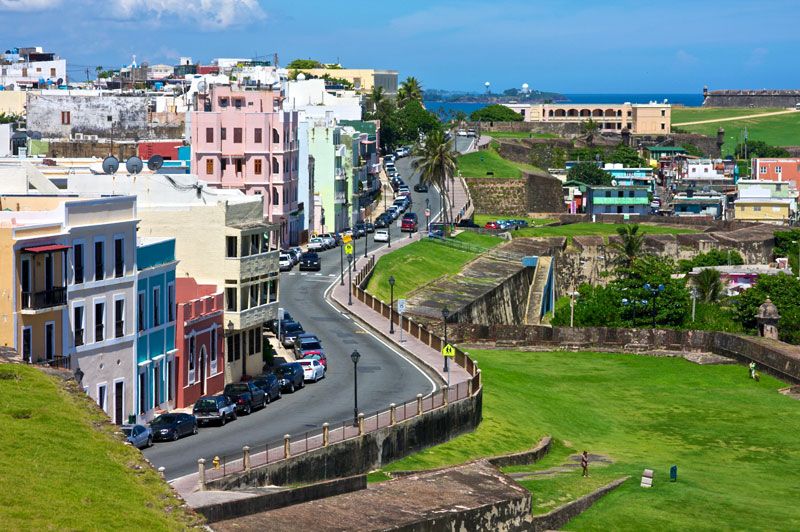 In Milla de Oro the most important banks and financial groups on the island are found grouped together in a small area occupied by large buildings that stand out against the lay of the island.
In Milla de Oro the most important banks and financial groups on the island are found grouped together in a small area occupied by large buildings that stand out against the lay of the island.
José Miguel Agrelot Colisseum (Coliseo de Puerto Rico José Miguel Agrelot): a popular venue for concerts and presentations from all over the island. It is located adjacent to Hato Rey Station.
University of Puerto Rico (Universidad de Puerto Rico): Near Universidad Station one finds the largest campus of the University of Puerto Rico which has many centers around the island. One of the major attractions of this space, where students from different paths gather, is the clock tower designed by the architect Rafael Carmoega. La Torre (The Tower), as it is commonly known, has become an icon of the struggles which have begun at this university.
Juan Ramón Loubriel Stadium (Estadio Juan Ramón Loubriel): very near the Deportivo Station stands the soccer stadium. In spite of baseball being the most common sport on the island, soccer has, increasingly, taken up more space. In this stadium, located in the town of Bayamón, plays the local team: Bayamón F.C.
In spite of baseball being the most common sport on the island, soccer has, increasingly, taken up more space. In this stadium, located in the town of Bayamón, plays the local team: Bayamón F.C.
Francisco Oller Museum (Museo Francisco Oller): leaving behind Bayamón Station and walking some four meters, one approaches the political center of this municipality. In plazas and historic sites, one can get to know this pleasing locale. One such site is the Francisco Oller Museum next to the Plaza de Recreo. This museum was built in 1907 and was, originally, the seat of the mayor’s office.
UrbanRail.Net > North America > Puerto Rico > San Juan Tren Urbano (Metro)
UrbanRail.Net > North America > Puerto Rico > San Juan Tren Urbano (Metro)
|
[ UrbanRail.Net
|
|
SAN
|
| Puerto
Rico · USA |
|
System
| |
|
San Juan
First
Initially
The first
| |
| Photos | |
|
| |
|
History
| |
|
06
| |
|
Projects
| |
|
Several
| |
|
Photos
| |
|
| |
|
Links
| |
|
Wikipedia
ATI
BLOG: Read
More
|
Our
|
|
| |
2007 © Robert
Schwandl (UrbanRail.Net)
Not Found (#404)
Not Found (#404)
Whoops…something went wrong!
Sorry, we didn’t find the page you were looking for
Tours
Hotels
Railway tickets
Route
Countries and cities
Egypt
Turkey
nine0005
Cities
Yachting
Expeditions
Dog sled tours
Snowmobile Tours
Quad bike tours
Walking tours
Alloys
Bike tours
Climbing
Ski tours
Diving and snorkeling
Jeep tours
Surfing and SUP tours
Combined tours
Horse tours
Cruises
Excursion tours
Ski trips
Helicopter tours
Fishing tours
Fitness and yoga tours
Canyoning
Railway tours
Are you looking for one of the sections below?
Tours
Hotels
Railway Tickets
Routes
Attractions
We have made a selection of interesting articles for you!
Leave feedback
12345
Thank you very much 🙂
Your feedback is very important to us and will be posted on the service as soon as possible.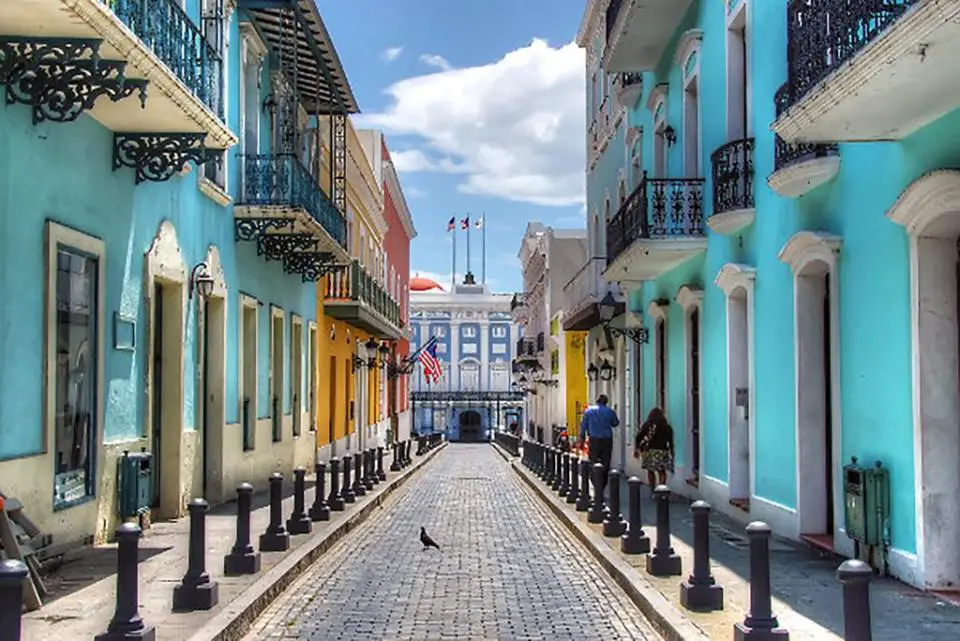
time! nine0005
San Juan Metro Host – San Juan, Puerto Rico
Airports
Attractions
Information
Located 2.7 km from Escambron Beach, San Juan Metro Host Apartment offers accommodation with a balcony and free WiFi.
Air-conditioned units come with a fully equipped kitchen with a dining area, a flat-screen TV and a private bathroom with a shower. Towels and bed linen are available at an additional cost. nine0005
Popular points of interest near the apartment include El Teatro Theatre, Museum of Modern Art and Condado Lagoon. Luis Munoz Marin International Airport is 7 km away.
- Parking
- Free Wi-Fi
- Air conditioning
Gallery
Rooms and availability
2
13.01 m 2 1
1
This apartment has a private entrance, dining area and stovetop.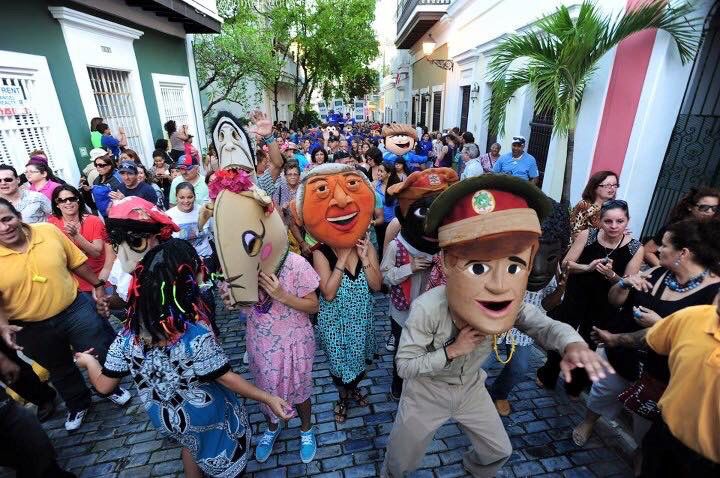 nine0005
nine0005
- Air conditioner
- Balcony
Book now from: €64.23
4
18.58 m 2 2
2
This apartment features a seating area, tile/marble floor and dining area.
- Air conditioner
- Balcony
- Terrace
object reviews
9.2 / 10
Value for money
9.2 / 10
Amenities
8.4 / 10
Location
9.6 / 10
Staff
9.5 / 10
Purity
9.1 / 10
Comfort
English
Spanish
10.00 / 10 – Fantastic!
” Hands down the owner is the most accommodating and just a pleasant host all around.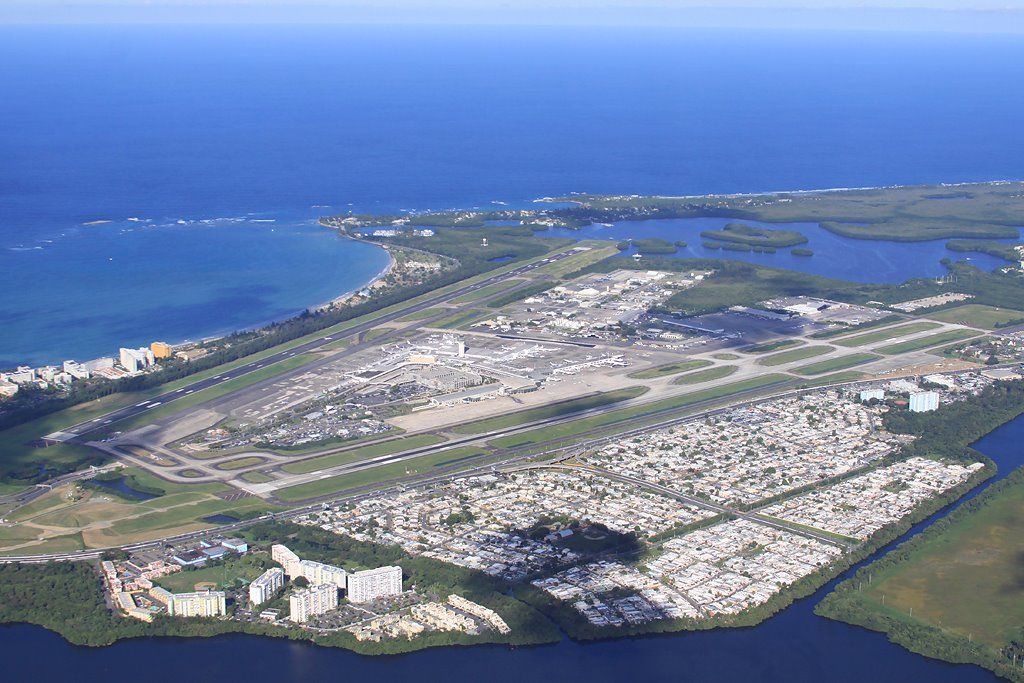 Very clean; he offers Netflix and Hulu as well. The ac is perfect. (Actually we had to turn it down, lol). … nine0132″ – Ann
Very clean; he offers Netflix and Hulu as well. The ac is perfect. (Actually we had to turn it down, lol). … nine0132″ – Ann
10.00 / 10 – Fantastic!
” Location. With the coronavirus issue, It was an excellent location for grocery shopping and cooking. ” – Doris
10.00 / 10 – Fantastic!
” Locations was great. No one bothering me ” – Levis
10.00 / 10 – Fantastic!
” The location. Very eccentric. Close to Condado, Ocean Park, Restaurants, banks, Walmart. Also, good price. nine0132 ” – Alberto
10.00 / 10 – Fantastic!
” I loved the location. It was in the center of San Juan and only 7 minutes from the airport. The host was by far the host I had in years. ” – Jeremy
10.00 / 10 – Fantastic!
” El desayuno fue excelente. ” – Javier
8.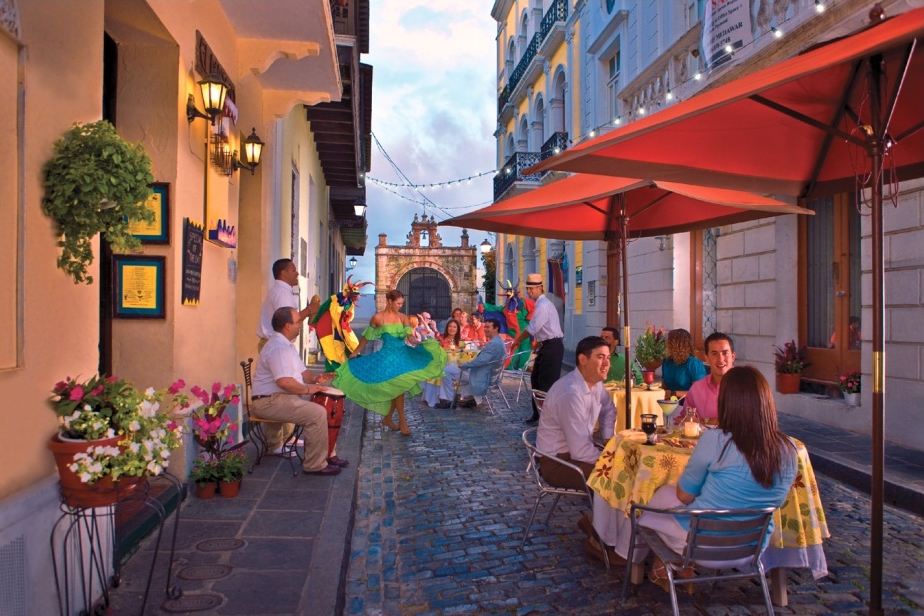 00 / 10 – Very good!
00 / 10 – Very good!
” La ubicación ” – Anonymous
Important information
Wi-Fi is available in the hotel rooms and is free of charge.
Free public parking nearby (reservation is not possible).
Pets are allowed on prior request. Charges may apply.
Children of all ages are welcome
Cribs are not available
Extra beds are not available
This property will not accommodate hen, stag or similar parties
Please inform San Juan Metro Host of your expected arrival time in advance. You can use the Special Requests box when booking, or contact the property directly using the contact details found on your Booking Confirmation.
Managed by an individual
French, Spanish, English, German
Register:
With
16:00
on
00:00
Check-in and check-out time
Departure:
With
00:00
on
11:00
Amenities
General
- Parking
- Pets allowed
- Free parking
Services
- Internet
- WiFi
- Free WiFi
Miscellaneous
- Non-smoking throughout
- Air conditioner
Cleaning and disinfection
- Coronavirus effective cleaning products are used
- Laundry of bed linen, towels and guest belongings in accordance with local regulations
- Disinfection of accommodation is carried out before the arrival of each new guest
- After cleaning, the accommodation is sealed until the guest arrives
- Guests can opt out of cleaning
Food and drink
- Physical distancing in dining areas
- All plates, glasses, cutlery and other kitchen utensils are disinfected
- Delivered food is securely packaged
Security
- All local authority safety protocols are followed
- No shared items (paper menus, magazines, pens, newspapers, etc.


 1 million inhabitants.
1 million inhabitants.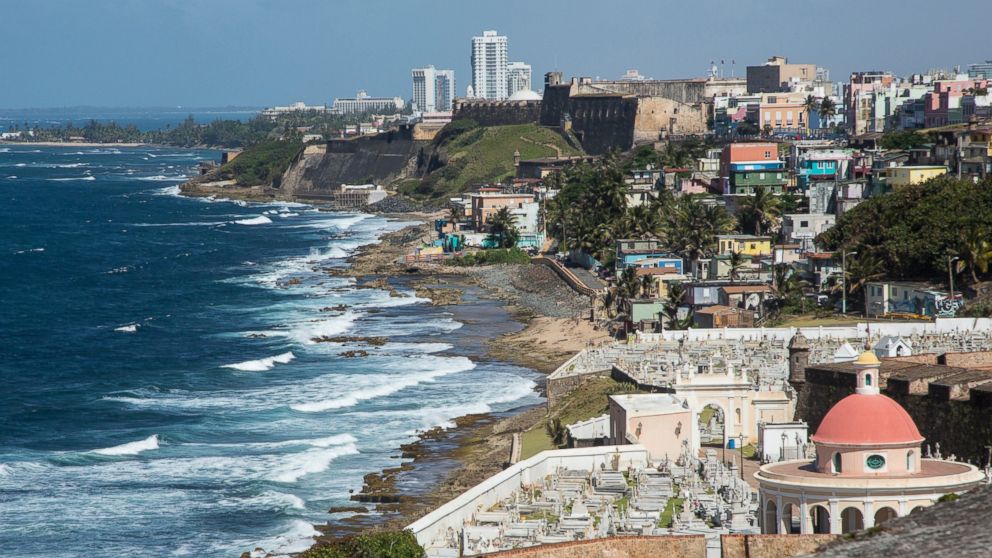
 2014)
2014)